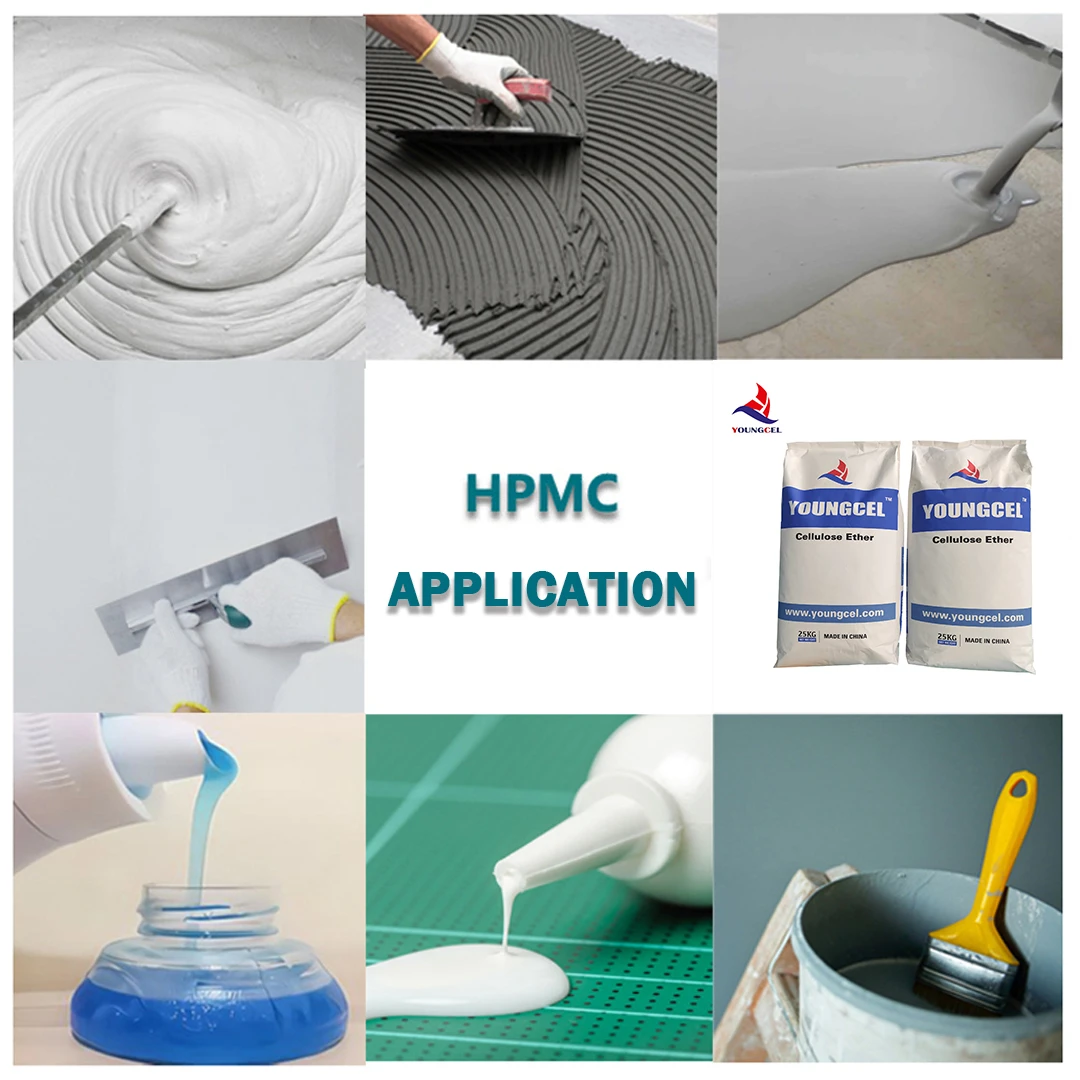Understanding Mortar with HPMC The Role of Hydroxypropyl Methylcellulose in Modern Construction
In the construction industry, the choice of materials plays a pivotal role in determining the strength, durability, and overall performance of structures. One such material that has gained significant attention in recent years is mortar, particularly when enhanced with Hydroxypropyl Methylcellulose (HPMC). This article will delve into the importance of HPMC in mortar applications, its benefits, and the considerations for its use.
What is HPMC?
Hydroxypropyl Methylcellulose (HPMC) is a non-ionic, water-soluble polymer derived from cellulose. Its unique chemical structure allows it to form a gel-like consistency in the presence of water, which significantly contributes to its utility as an additive in construction materials. HPMC is widely recognized for its abilities to enhance workability, improve adhesion, and control water retention in various applications, including plaster, tile adhesives, and, notably, mortar.
Benefits of Using HPMC in Mortar
1. Improved Workability One of the primary advantages of incorporating HPMC into mortar is its ability to improve workability. The addition of HPMC allows for easier mixing and application of the mortar, making it more user-friendly, especially for construction workers who may require sufficient time to position and adjust materials.
Understanding Mortar with HPMC The Role of Hydroxypropyl Methylcellulose in Modern Construction
3. Water Retention HPMC is known for its excellent water-retention capabilities. When added to mortar, it helps maintain moisture levels during the curing process, which is essential for achieving optimal strength and durability. Proper moisture retention ensures that cement hydration occurs effectively, preventing premature drying that can lead to cracks and reduced mechanical properties.
mortar hpmc

4. Longer Open Time The incorporation of HPMC also extends the open time—or the duration during which the mortar remains workable. This feature is advantageous when large areas need to be covered, allowing builders to work at a more measured pace without the pressure of fast-setting mortar.
5. Thermal and Acoustic Properties Some formulations of HPMC-modified mortar can also enhance the thermal insulation and acoustic properties of walls and floors, providing added benefits in energy efficiency and soundproofing for buildings.
Considerations for Use
While the advantages of HPMC in mortar are substantial, it is essential for manufacturers and users to consider specific factors when utilizing this additive. The concentration of HPMC in the mortar mix should be carefully calibrated to avoid issues such as excessive thickness, which can impede workability and drying times. Additionally, compatibility with other additives and raw materials should be assessed to ensure a homogeneous blend that meets the desired performance characteristics.
Moreover, it is crucial to adhere to industry standards and guidelines when formulating HPMC-modified mortar, as variations in formulation can lead to inconsistent results. Regular testing and quality assurance measures must be in place to maintain the integrity of the final product.
Conclusion
In conclusion, the inclusion of Hydroxypropyl Methylcellulose in mortar formulations represents a significant advancement in construction technology. With its multitude of benefits—including improved workability, enhanced adhesion, and effective water retention—HPMC enhances the performance of mortar, ultimately contributing to the longevity and durability of structures. As the construction industry continues to evolve, the adoption of innovative materials like HPMC will be integral to meeting the demands for high-quality, sustainable building solutions.
-
Premium Detergent Grade HPMC Hydroxypropyl Methylcellulose: Superior Thickening & StabilityNewsAug.31,2025
-
HEC 100000 Hydroxyethylcellulose for Paint | Superior ThickeningNewsAug.30,2025
-
Wall Putty Rdp Powder Packaging DesignNewsAug.29,2025
-
Introduction to Hpmc Hydroxypropyl Methyl CellulosNewsAug.29,2025
-
Hpmc Industri Grade IntegrationNewsAug.29,2025
-
How to Choose the Right Construction AdhesiveNewsAug.29,2025




